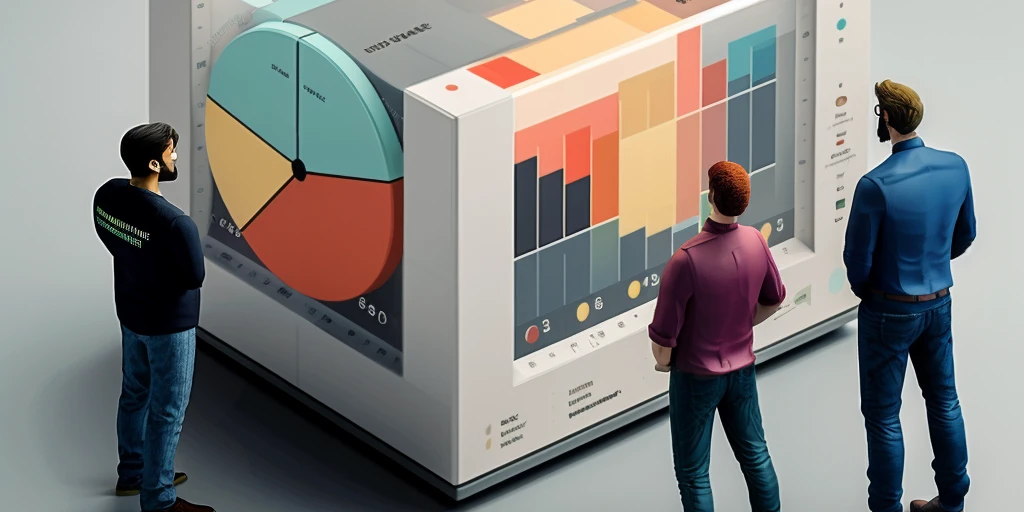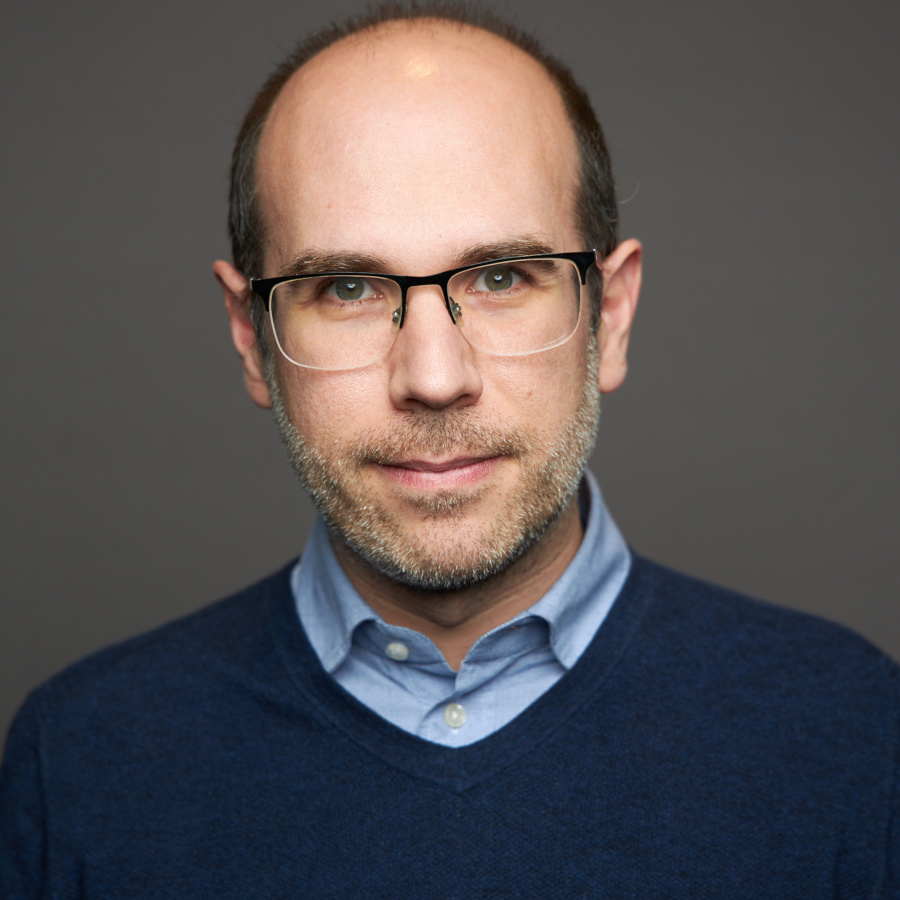

A dashboard isn't just a bunch of metrics thrown together on a screen. It's a product. Like any product, it has users. In this case, the users are often different managerial roles within an engineering organization. The needs of a CTO are not the same as those of an Engineering Manager. If you don't design your dashboard with these personas in mind, you're missing the mark.
When you see a dashboard as a product, you approach its design differently. It's no longer about just showing data; it's about solving problems. It's about asking: What does the user need? This shifts the focus from data collection to value delivery.zzzzzzzzzzz

A CTO is focused on long-term outcomes: Are our efforts contributing to the company strategy the way we expect? And an Engineering Manager is usually dealing with the here and now: Is this release on track? Both might be looking at the same initiatives, but from totally different altitudes.
The beauty of this is that leading indicators can roll up into lagging indicators. This creates a natural alignment in objectives across the organization. Engineering Managers can focus on the leading indicators that will eventually impact the lagging indicators that CTOs care about.
If a dashboard is cluttered with irrelevant info, people tune out. But if you tailor the dashboard to the specific challenges and questions of each role, you grab attention. You fight off that all-too-common enemy: lack of engagement.

Each managerial level should have dashboards that incorporate these indicators effectively. They have unique problems and needs. Your dashboards should reflect this diversity. Because a well-designed, persona-specific dashboards improve engagement and decision-making. You shift from presenting data to solving problems. That's the endgame.
Examine your current dashboards. Are they tailored to the different managerial personas in your organization? If not, you know what to do.

I'm a fractional CTO that enjoys working with AI-related technologies. I have dedicated more than 15 years to serving SaaS companies. I worked with small startups and international scale-ups in Europe, UK and USA, including renowned companies like Typeform.
I now work helping startups achieving high growth and performance through best practices and Generative AI.